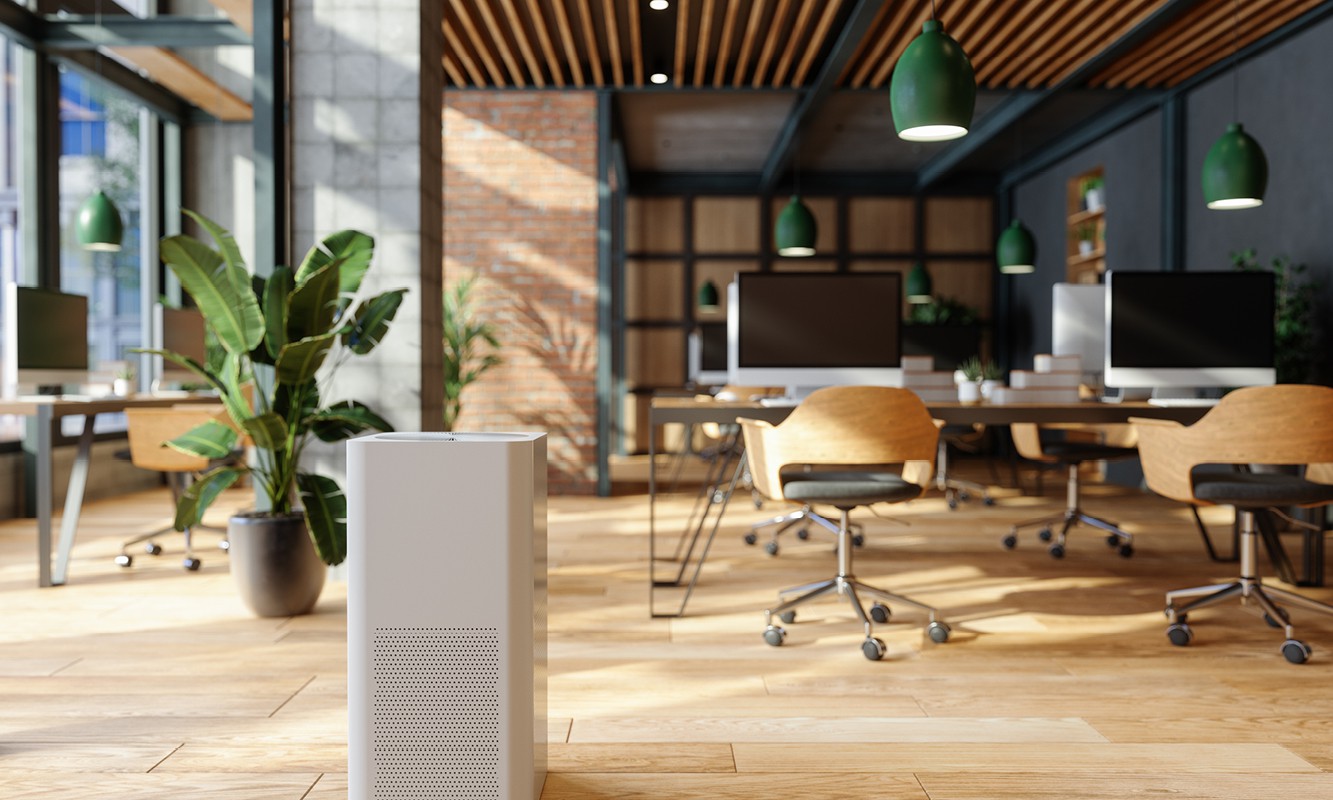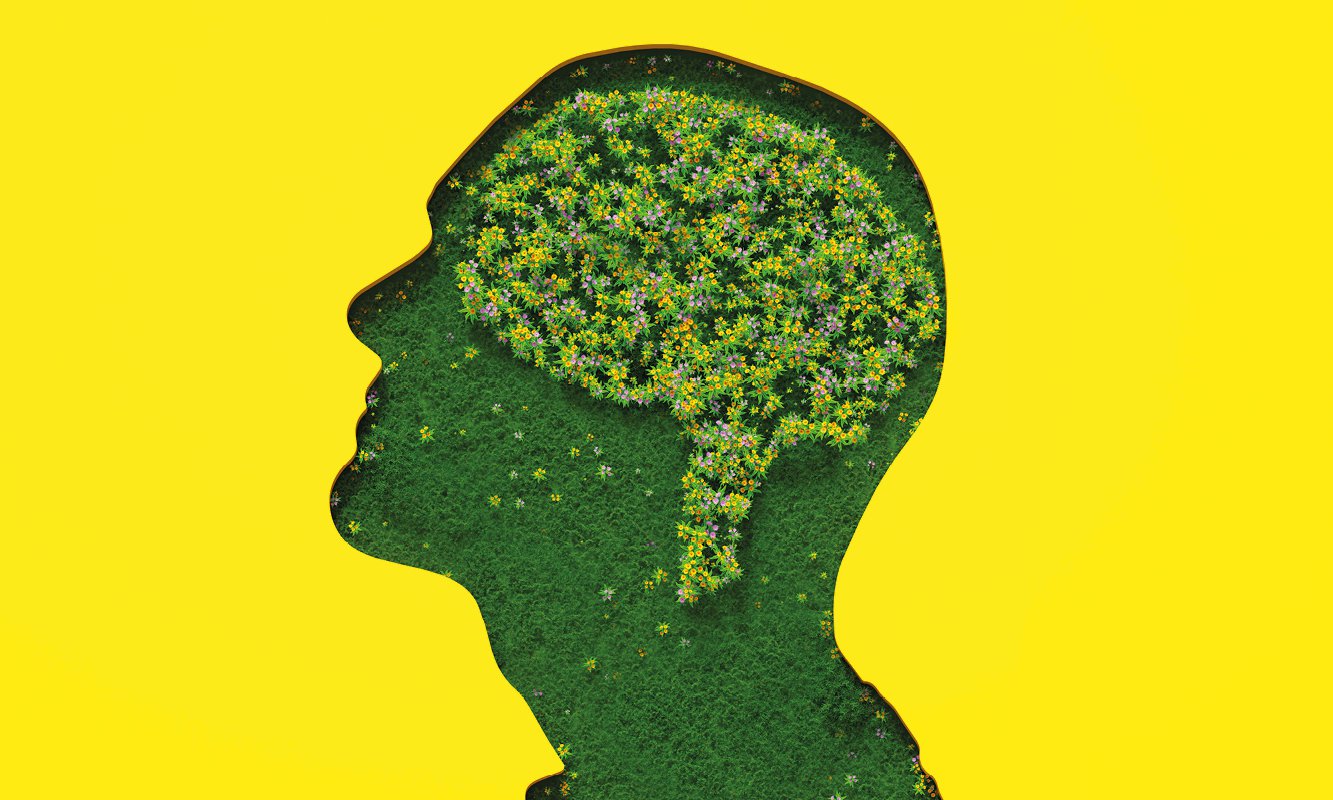What do you think is a better strategy to lift performance and achieve greater results at work and in life? Focusing on your already existing strengths and developing them further or trying to improve your weaknesses?
This is a crucial question, as your response will decide how far you can take your own growth and development, and how effective you will be at helping others reach their full potential.
It is a human tendency to be more sensitive to negative features in the environment than positive ones (also called the negativity bias as discussed in this article). For this reason, you may be tempted to focus on the negative–your weaknesses and least developed areas–when, in reality, the opposite strategy will yield better results by far. Our strengths are our ticket to greatness or your most promising investment capital.
“If you spend your life trying to be good at everything, you will never be great at anything. While our society encourages us to be well-rounded, this approach inadvertently breeds mediocrity.”
Tom Rath and Barry Conchie, authors of “Strength-based leadership
According to Gallup, your strengths–defined as the ability to consistently provide great performance in a specific domain–are based on your talents, which are naturally recurring patterns of thought, feeling, or behaviour. In other words, they are innate, natural abilities you are able to apply productively. These pre-existing inclinations can be developed into true strengths by dedicated investment in their refinement and growth, for example, through ongoing practice and seeking useful feedback. Being encouraged to focus on our strengths lifts both wellbeing and performance. Gallup’s research data shows that people who have the opportunity to use their strengths regularly are six times as likely to be engaged in their jobs and to strongly agree that they have the chance to do what they do best every day. They are also three times as likely to report having an excellent quality of life.
While people possess different and often unique combinations of talents and strengths, further insight demonstrates that there is no leading value that is indicative of outstanding performance or leadership success. Psychologist and author of the CliftonStrengths assessment, Don Clifton, stated that in decades of research, his team has never found a single attribute that all successful leaders have in common. Instead, the one thing that all great leaders in his study shared was a well-developed understanding of their own strengths, and the ability to call on the right strength at the right time. Becoming a great leader requires you to know and strategically use your authentic and unique patterns of strengths (and limitations), instead of trying to copy someone else.
As a manager, or in any other position of responsibility for others, there are two key aspects to strengths-based leadership: knowing your own strengths and how to best utilise them, and helping those in your care to identify, develop and champion theirs–both individually and as a team. The best teams tend to possess a broad range of strengths, with individual members complementing and supporting each other in their use of unique abilities and skills.
Below are some suggestions on how you can lift your own performance and that of others by focussing on one’s strengths:
Own your own strengths
Being able to use our strengths make us feel good about ourselves and tends to lead to our best performance and greatest achievements. While some people have a clear understanding of their areas of strength, others may have difficulties pinpointing theirs. There are different approaches to identifying your personal talents, strengths and natural abilities. Your family, good friends, close colleagues and observant, empathetic mentors or previous managers may be able to help you uncover them. Doing a personal SWOT analysis may also be helpful. If you would like to take a more objective, scientific and evidence-based approach, you may consider taking a validated assessment, such as:
- CliftonStrengths (owned by Gallup)
The long-standing CliftonStrengths Assessment (according to Gallup, it has been taken by almost 25 million people so far) measures your specific order of 34 CliftonStrengths themes. These are grouped into four key domains which explain the unique ways you accomplish your goals (for example, by building relationships, thinking strategically, executing plans or influencing others). - Virtues in Action (VIA) inventory of strengths
The free VIA Character Strengths Survey was created by researchers in the field of positive psychology, Christopher Peterson and Martin Seligman. It is based on a framework of 24 character strengths which are assumed to be present in everyone to different degrees, giving each person a unique character strength profile. - StrengthsProfile (owned by Cappfinity)
A team of researchers also developed StrengthsProfile in the positive psychology space. It includes 60 strengths, and individual results differentiate between realised strengths (those you use the most and enjoy), learned behaviours (strengths you know how to use but may not enjoy), unrealised strengths (those you should use more often) and weaknesses (strengths you have difficulty using and don’t enjoy).
Value and develop strengths in others
Support and assist your team members in identifying and using their unique talents, strengths and abilities regularly. Focussing on things that people are naturally good at and enjoy doing is likely to spark motivating and positive conversations that make others feel valued. Adopting an individualised approach will enable you to connect with people on a deeper level and get a clearer picture of the person behind the role, for example, what motivates them, what brings them joy, how they can add the most value to the team, what their goals are. You may also discover untapped potential and new opportunities to make better use of people’s talents and passions. Where possible and appropriate, consider further training opportunities for employees who demonstrate talent in particular areas – this can be highly motivating for the person, increase their commitment and lift overall performance.
Align people to tasks
When personal strengths are aligned with tasks and responsibilities, they can create a unique opportunity to maximise the potential of individuals and their teams. Benefits include increased engagement in employees who feel that they really add value by using their strengths, faster completion of quality work because skills and abilities are more efficiently used, and increased team resilience to deal with challenges and obstacles along the way. For example, some team members may have an innate talent to build strong and long-lasting relationships with clients, others are drawn to data analysis or report writing, and someone else really shines when they can contribute with their visionary, innovative ideas, or their strategic thinking skills. The idea is to manage and distribute projects and tasks that your team is responsible for in a way that makes the most of everyone’s skills and abilities. This includes yourself: delegate tasks that you know are in better hands with someone else, or that allows a team member to develop their talents furthe
Use strengths for individual coaching and team development
As explored above, focussing on people’s natural talents and strengths is a useful basis for individual career development. It enables you to have meaningful conversations with your team members that also demonstrate your commitment to invest in their growth. Consider incorporating strengths into performance conversations and reviews by helping employees set goals based on their core competencies and abilities. A further useful leadership strategy is to include conversations about strengths in team meetings and activities: when team members know and value each other’s strengths, this can lead to more collaborative relationships and constructive dialogue, fewer conflicts and increased group cohesion.
Avoid too much of a good thing
A word of warning: every strength can become a liability, for example when we rely on it exclusively, use it in situations and contexts that require a different approach, or misconstrue it as a reason to avoid learning new skills. As a leader, avoid “pigeonholing” your team members which can cause people to become bored, frustrated, or resentful. Keep the dialogue open and ensure that you are not inadvertently holding people back in their development by consistently relying on a strength that is most useful to you, but which may be tiring, demotivating or limiting for them. You may also want to consider cross-training among individuals who have specific strengths, for example, by encouraging mentoring relationships by matching strong employees with others who show a weakness in a corresponding area.
If you would like to learn more, don’t hesitate to reach out to the QLS Solicitor Support service on ethics@qls.com.au or p. 3842 5843 to speak to someone in a judgement-free and supportive environment.














Share this article